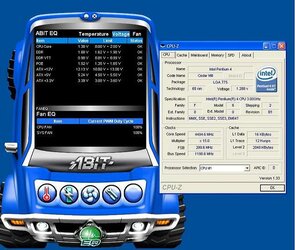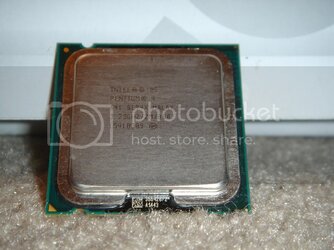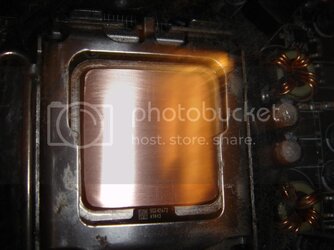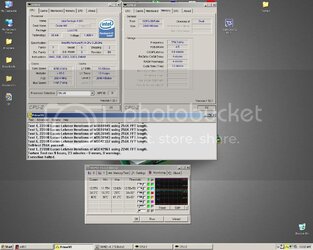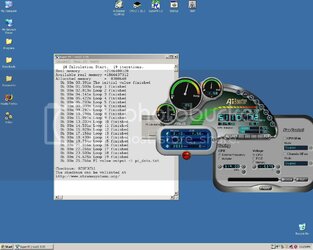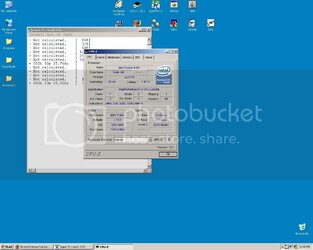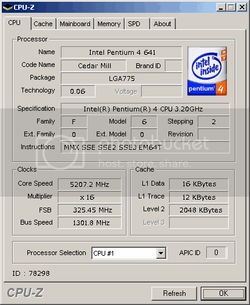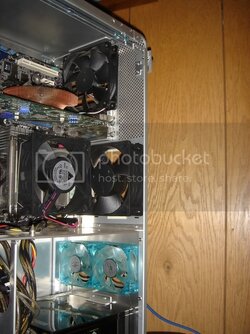- Joined
- Jul 21, 2002
- Location
- Branford, CT USA
bobad said:Liquid3D,
I'm in the market for a 600-700W PS, and I don't want to buy something that will become obsolete in 6 months. Can you point me to any well-designed tests that demonstrate that different PS's have an effect on overclocking stability?
There may be others here (such as proth or crotale) better qualified to help you. I don't know what you want to spend, but you can't go wrong with the Athena I linked to above. OCZ Powersteam 520W seems popular, however; 34A on the 12V railt might be pushing it if you run a lot of peripherials. I just put my PCPower&Cooling 850 SSi back on the Gigabyte G1975X and it's not overclocking as well as it did with the OCZ PowerStream 420W (33A / 12V) I have (i got to review the very first model at madshrimps). FSP Group (Fortron) is releasing the 600W and 700W Epsilon PSU's which are supposed to be power houses. Tagan probably builds the best PSU's on the planet only second to PCPower, except their conservative. Someone wrote that FSP builds Tagan and if this is true I'd be willing to bet their Epsilon PSU is based off that circuitry.
In PSU-roundups (Hexus did a 34-PSU Round-up) that the ATX 2.01 spec is best for the future? It seems to me there are two issues here. 1.) Motherboard power conversion circuitry. Presler's current demand exposes any weaknesses in the motherboard maker's circuit choices. Some might say unfailry so taxing the circiutry beyond "reasonable" levels. However PSU maker's have but one purpose, to design PSU's for TODAYS processors, that includes Presler? What are they (more importantly we) going to do when quad-core processors hit the streets?
The second issue is the PSU itself, whch IMHO has been castrated the 240VA or 18A/20A limits on 12V rails.
Just to be fair here's another hypothesis; nVidia Forums

